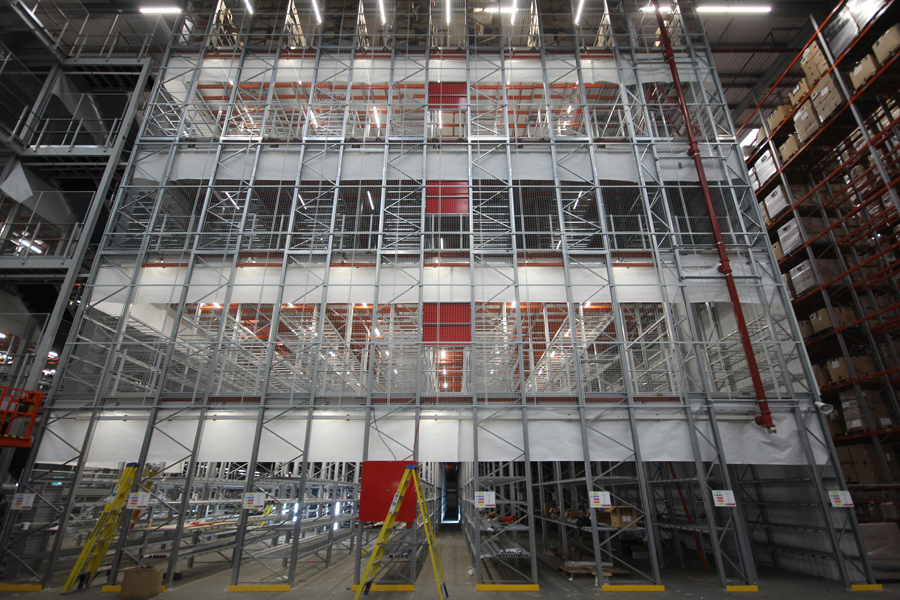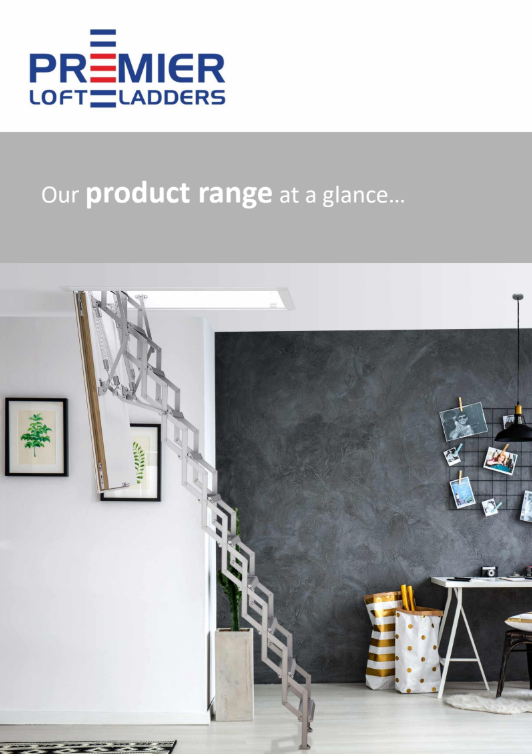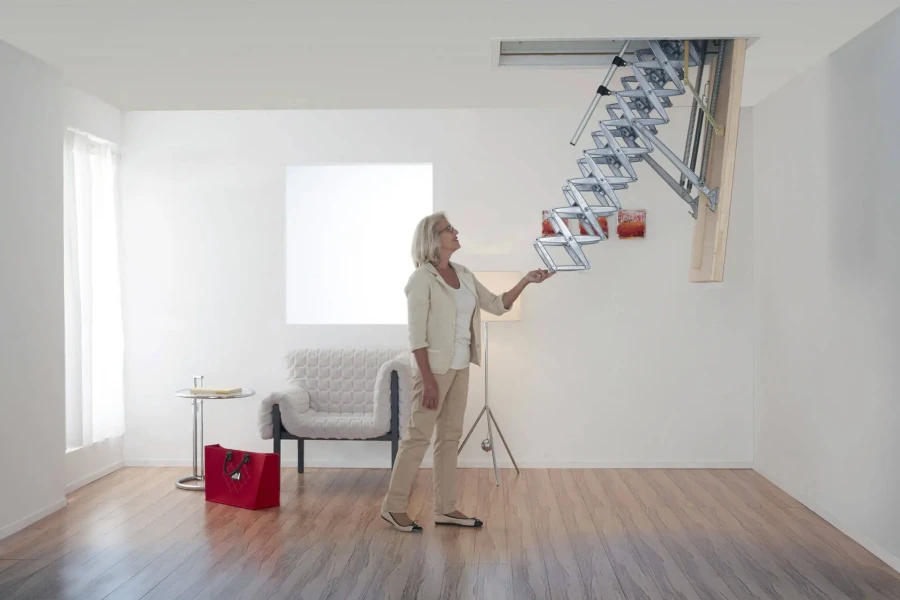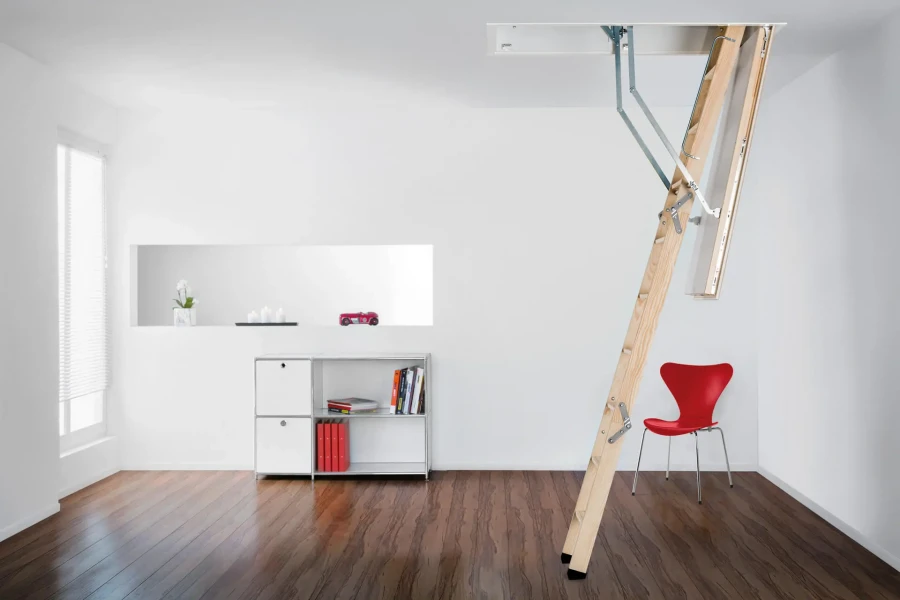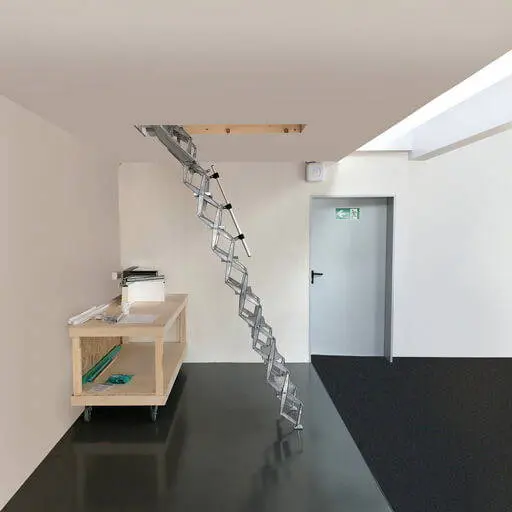Older people living in the North East or the East Midlands are six times less likely to be living in a fully accessible home compared to people living in London, new analysis from the Centre for Ageing Better reveals.
Only one in 25 homes (4%) headed by someone aged between 55 and 64 in the North East or the East Midlands have all four accessibility features compared to almost one in four (23%) in the capital.
Only one in eight (13%) homes in England have all four accessibility features that mean they can be visited by someone with access needs, with substantial variation across different regions.
The Centre for Ageing Better is warning in a new briefing on accessible homes that progress on some accessibility features has been “frozen in time” with little progress made over more than a decade.
And while the proportion of homes with certain accessibility features has flatlined, demand is growing with rising numbers of Disabled people, declining healthy life expectancy and a growing ageing population.
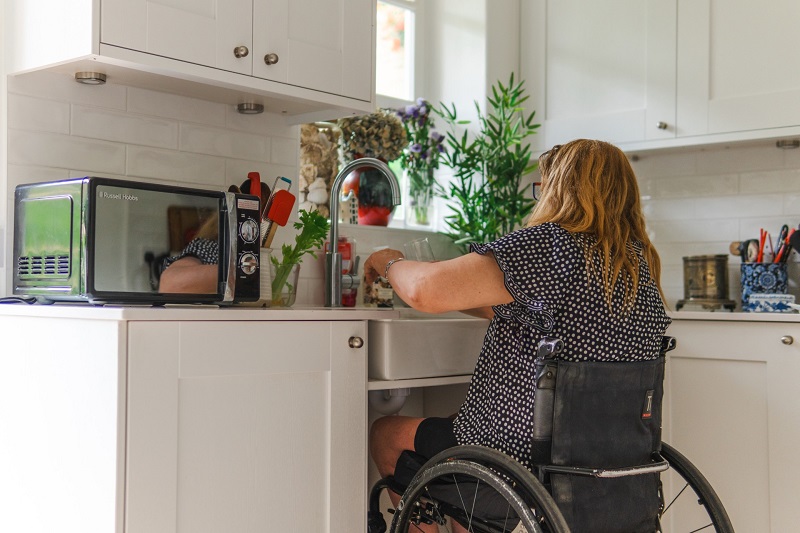
The difference between the number of Disabled people in England and the number of fully accessible homes has grown by more than 2 million in just over a decade.
In 2009, there were 11.4 million Disabled people in England and just 900,000 fully accessible homes – leaving an accessibility gap between demand and supply of 10.5 million.
In 2022, the latest date for which figures are available, the number of Disabled people had increased to 16.1 million. And while the number of fully accessible homes had also increased - to 3.3 million - the accessibility gap has grown to 12.8 million – 2.3 million higher than in 2009.
The North West has the highest accessibility gap with 1.63 million more Disabled people than fully accessible homes, closely followed by the West Midlands and Yorkshire and Humberside with 1.3 million.
The Centre for Ageing Better is calling on the government to use the Planning and Infrastructure Bill as a golden moment to stimulate the construction of more accessible homes to meet current and future need.
The bill is currently working its way through Parliament and is now awaiting its second reading in the House of Lords.
Dr Carole Easton OBE, Chief Executive at the Centre for Ageing Better, said: “There is a huge unmet need for accessible homes with supply woefully failing to keep up with demand. For certain accessibility features, progress has been frozen in time for over a decade. The huge regional imbalances in availability of accessible homes shows what might be possible with best practice across the country.
“The people we have spoken with tell us the frustration of living in inaccessible homes where they’ve never been upstairs or where they risk serious injury carrying out basic everyday acts in their home. They suffer the indignity of not being able to live independent lives and endure the frustration of not being able to move home because of the lack of options to move to.
“People also tell us about the transformative nature of being in an accessible home that allows them to feel safe and live independently. This should be a right for all but so many people who would benefit from living in accessible homes are currently missing out because of a lack of supply. Now is a golden moment for the government to change that by incorporating requirements for accessible homes into the Planning Infrastructure Bill.”
The new briefing from the charity highlights how fewer than one in five homes (18%) have level access to the front door - with this figure dropping even lower for people aged 75 and above (17%).
The proportion of homes with level access has only increased by one percentage point since 2009.
The proportion of homes with a toilet at entrance level in 2022 is 67% - an increase of just one percentage point since 2018 and just six percentage points since 2009.
Progress on the inclusion of adaptions has similarly stalled over the past decade with the proportion of homes with a variety of life-changing accessibility adaptions not increasing since 2009.
This includes grab rails (7% of all homes), stairlifts (2%), ramps (2%), adapted bathrooms (7%) and adapted kitchens (3%).
The analysis by the Centre for Ageing Better reveals that unmet demand for accessible homes is even higher among older people.
The highest proportion of fully accessible homes is for people aged below 55 where around one in seven properties (15%) are fully accessible compared to one in ten (11%) for people aged 55-64 – despite the older age group having a higher level of disability.
This anomaly is likely to be because younger people are more likely to be living in flats, which are more likely to have been designed with accessibility in mind compared with older properties.
While delivery of homes with accessibility features flatlines, the Centre for Ageing Better is highlighting the growing need for accessible homes driven by demographic and health trends.
Growth in demand is being driven by:
- A rapidly ageing population - over 25% of the UK population will be aged 65 or over in 15 years time.
- A growing Disabled population - around one in five people in the UK have a disability, and with numbers steadily increasing.
- The striking decline in healthy life expectancy in England, with the proportion of life spent in good health the lowest it has been at any time since 2011/13.
Millie Brown, Deputy Director for Homes at the Centre for Ageing Better, said: “Building homes that are accessible and adaptable should be a key pillar of the government’s plan to build 1.5 million homes. With an ageing population, the number of people who will need accessible and adaptable homes is increasing and will continue to increase.
“While there has been an increase in homes that are fully accessible, this has been driven by the increase of people aged 54 or below living in an accessible home, despite there being a greater need for accessible housing in older age groups.
“Accessible and adaptable homes are essential for a fair, safe and ageing society. We urgently need greater action to ensure that more accessible and adaptable homes are built.”








